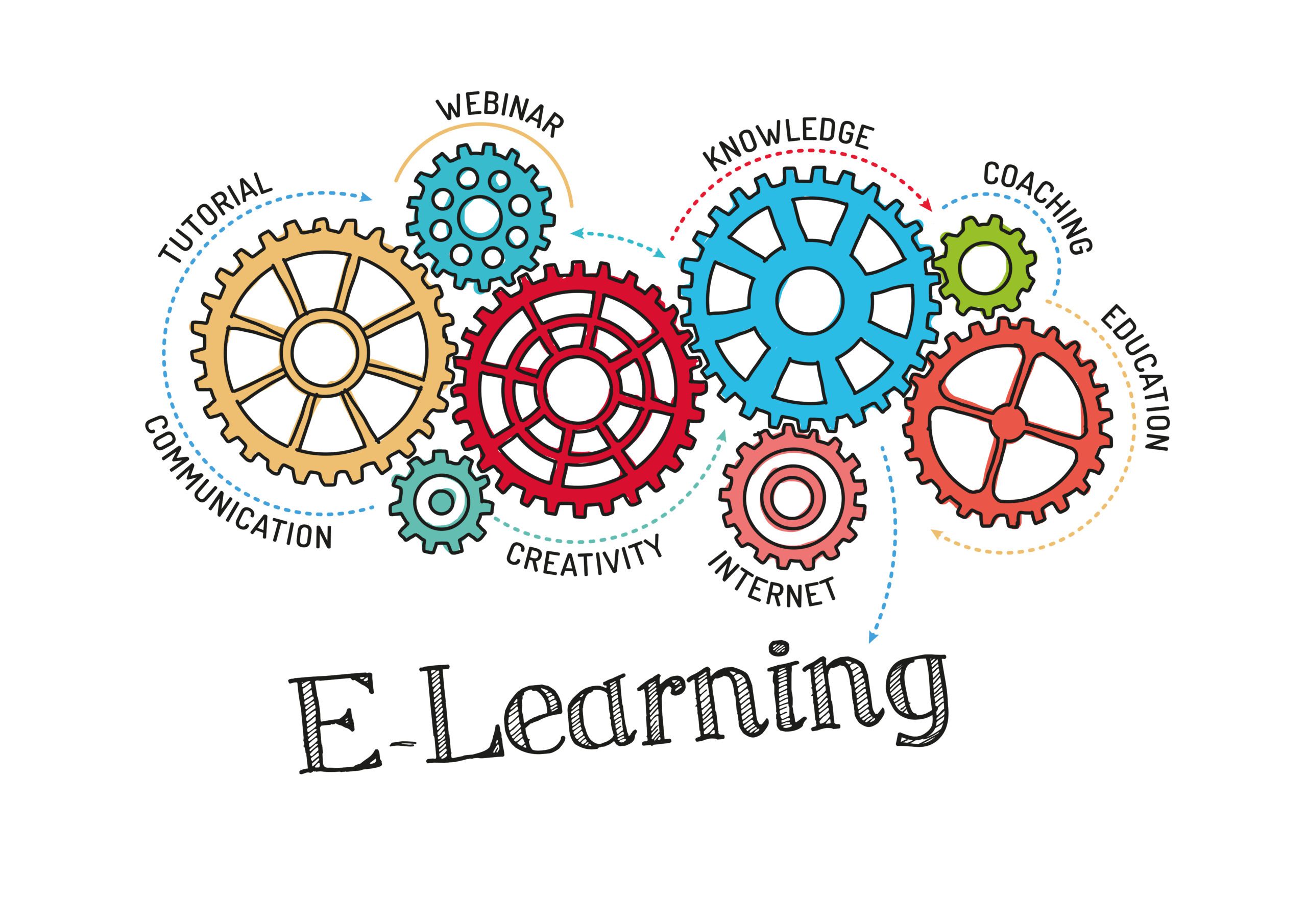
Evaluating Teachers -Schools are opening up. Unlike the typical hustle, where teachers build routines and classes understand their expectations, students and teachers adapt to the new normal regarding distance learning.
Distance learning continues to dominate conversations about how students learn and how teachers will prepare and deliver their lessons, with parents’ concerns about how much their children will learn this year.
Even though there are lovely and informative resources like School and Childcare Program (Plan, Prepare & Respond) and IDEA’s Continuity of Learning During COVID-10, administrators will soon focus on evaluating teachers effectively distance learning era.
Their focus leads us to a fundamental question. This question will help frame what was once distinctive between formative and summative evaluation.
How can we help teachers determine if they are useful in the digital age?
Before we can even answer what to look for, we must identify the essential components of what every teacher must do daily.
Pillars to fundamental education(Evaluating teachers)
Professional Knowledge: Teachers must understand students’ curriculum, subject content, and developmental needs by providing digital and in-person learning experiences.
Instructional Planning: Using the division’s curriculum, pacing guides, and aligning them to the state’s standards to develop effective strategies that tap into resources and data to meet the needs of all students.
Instructional Delivery: Student-centered activities through various instructional strategies to meet individual learning needs and modalities in which they learn.
Assessing Student Mastery: Utilizing summative and formative assessments where all data measures student academic progress by guiding instruction and delivery methods that provide timely feedback to students and families throughout the school year.
Learning Environment: Regardless of where lessons are taught, educators use resources, routines, and procedures to provide a respectful, positive, safe, student-centered environment conducive to learning.
Professionalism: Providing a commitment to professional ethics, where parents, teachers, and students communicate effectively. It’s here where the educator takes responsibility for participating in professional growth that enhances student learning.
Student Academic Progress: Seeing overall growth in every student resulting from the teacher’s effort to refine and improve their delivery and engagement continually.
These seven areas are the cornerstone of fundamental teaching and serve as the pillars for maximizing students’ potential.
But what would it look like if we included a digital component?
We need to include critical facets such as frequently communicating, providing additional resources, verifying all children have accessibility, strengthening structures embedded for lessons online and offline, and having a frequently asked questions list updated continuously.
It’s not as hard as one would think to integrate the two realms, but we do have to know where the technological pieces fit within which pillar.
How should we Evaluate teachers when they deliver via distance learning?
This checklist you can download brings it all together and shows how to engage and work smarter while including the vital elements.
Putting these together makes sense. It brings evolution to education, and I hope helps change the way you see teaching and learning.
So what are you waiting for? Download your free checklist and finally get ahead of the curve rather than drowning in information overload that will cause a system failure. Please check out our Tools page if you haven’t done so also.
What else should we include in our checklist? I want to hear from you!




4 Comments
Wendy Stuck
We can do all that you suggest, plus reach out via phone call, email, text and video. We cannot force a student to log on.
Teachers are wary of official evaluations of their online teaching when the people evaluating them will have never taught online. Teachers are also teaching online for the 1st time– learning to use a LMS while teaching how to use it to Students and Parents/Guardians. Please frame conversations with Teachers as positive, appreciative and supportive. Ask non-accusatory questions about the hows and whys. Teachers know Administrators are not their best friends– our roles are employees/ employers. Administrators admitting they are learning along with Teachers will find staunch supporters.
Aaron L. Smith
Some wise and very insightful thoughts! I agree with you 100%.
It is a big learning curve for all, and we must understand that our comfort levels of distance learning vary which is why administrators and lead teachers must go in as a coaching role to support, and encourage as you mentioned. If we can do this with the understanding that there should be some flexibility, I see it as a chance to strengthen teacher and administrator relationships which can result in better feedback and engagement.
Wendy Stuck
I like the Coach concept 100%. I agree these pillars stand strong. The most important one to me is Learning Environment when it encompasses Teacher/Student relationships. I want them to trust me– that I will listen, be kind, respect them as people and that I will do my academic job of teaching Spanish. There can be no learning until Students believe I believe in them.
Student Academic progress– needs Students’ effort.
#wevegotthis
#nnpsproud
#onlinelearning
#dhspatriotpride
Aaron L. Smith
Yes! Students won’t care that you know until they know that you care! This is so true now more than ever. Educators have built trust in and out of the classroom and the problem is how to continue building trust outside of the “classroom.” That’s where the school could help do some promoting in Social Media where the teacher and student could share some common area in a location that is professional and still promotes school spirit. Effort plays a critical role and as you mentioned, which I know will increase once children know you have their best interests.